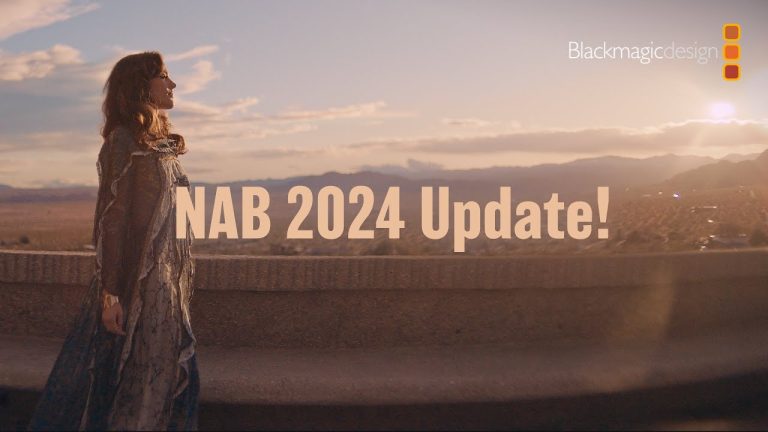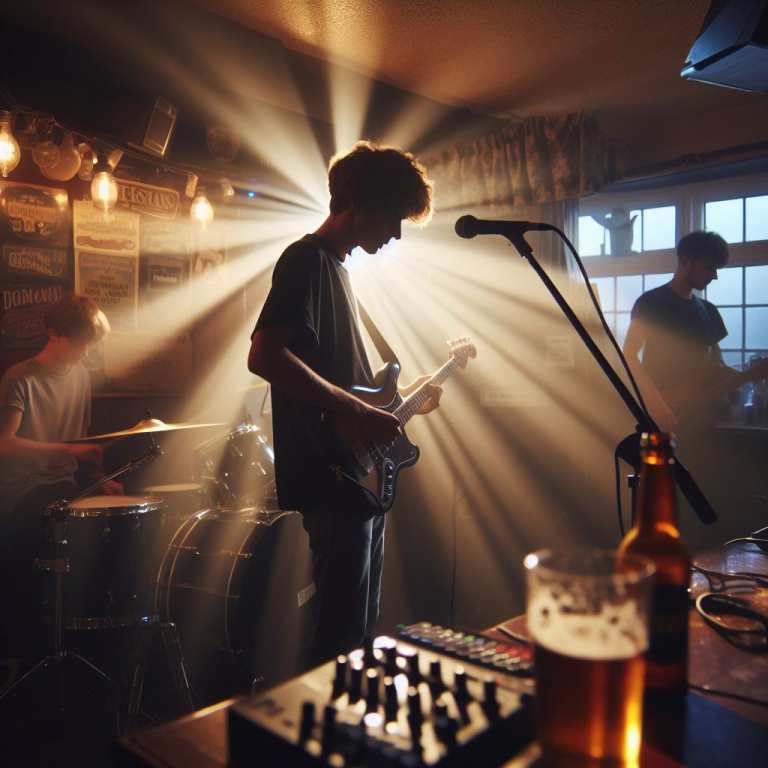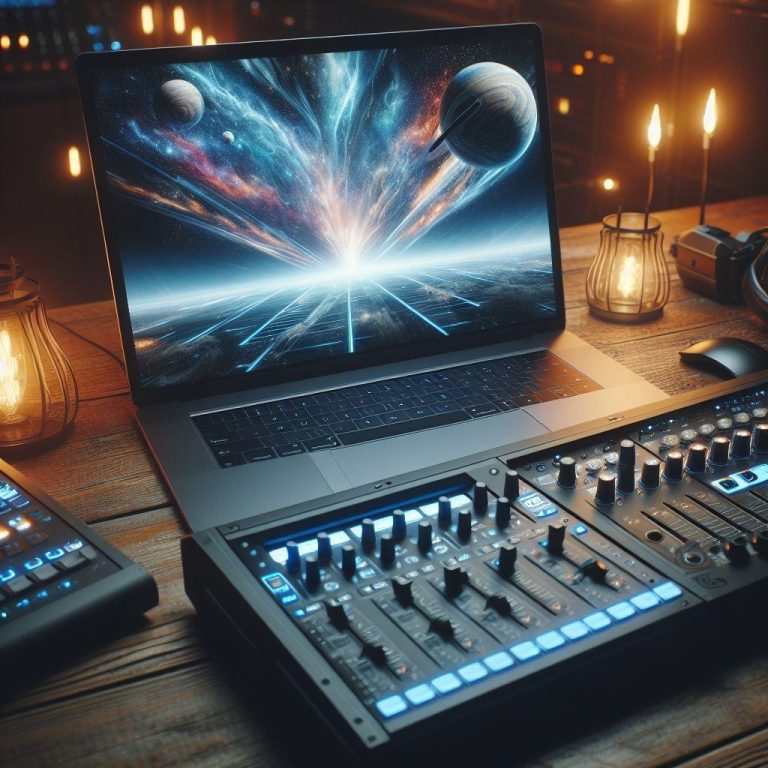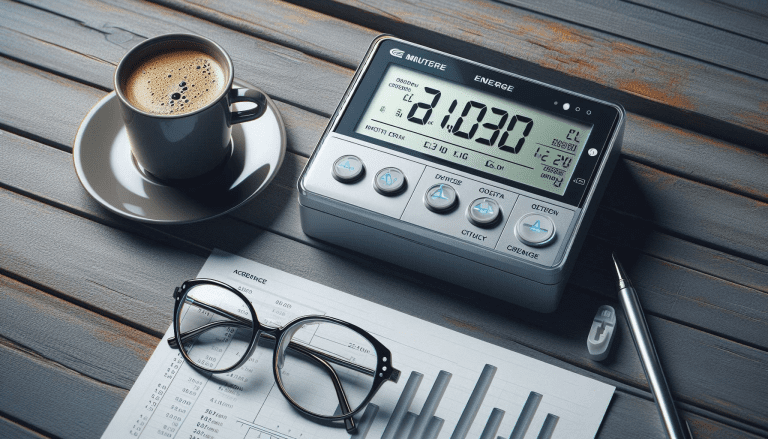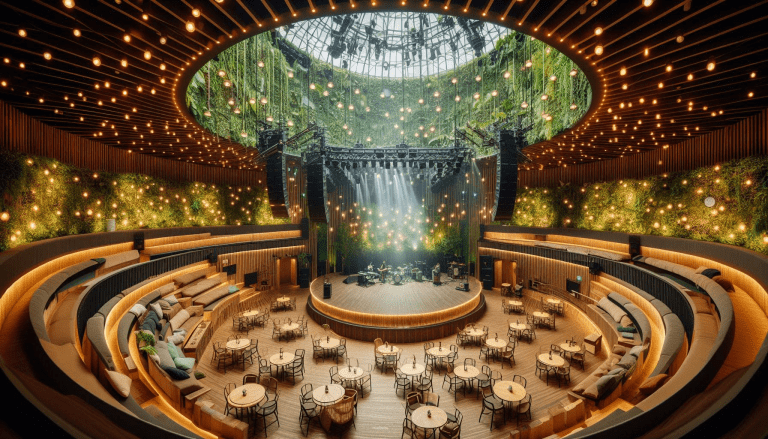A small audio rig for bands

Event Rig Series – Part 2: The Local Bands Sound
Over the years I’ve had the opportunity to work with a variety of artists at different stages of their careers from local pub bands to international artists. It has been an absolute blast and nothing beats the buzz I get when doing a live show, be it in front of 10 regulars in the local pub or at a stadium in front of thousands, the same things keep you on edge… what if it all goes wrong? What if the lights don’t work? What if the batteries in that mic fail? What if the massive LED wall that I convinced my boss we should hire fails? What if we lose power to the lights during this really dramatic scene?
I thought I’d use some of that experience to create a few examples of different setups for Lighting sound and video for different types and sizes of events. Not only might this help other people but it gives me a place to record some of my previous experiences and update them with some of the newer gear that is out there. It also gives me a good excuse to take part in one of my favourite hobbies… Windows Shopping! throughout this series of posts, I may stick with some tried and tested brands or equipment, no matter the event size. In part because I know the gear works well and part it makes the upgrade path just that bit easier as we go from one event size to another. So without further ado Let’s get started.
The Band
The first thing we are going to need to know is how big is our band. this gives us an idea of how many microphones we need and what size sound desk we need. When it comes to the amps and speakers we won’t want anything too big either as the band will be visiting local pubs and I haven’t seen many pubs that are the size of a mini stadium lately.
For this example, I’m going to go with a 6 piece band. A Lead singer, Main Guitar, Rhythm Guitar, Bass, Drums and Keys. As well as the Main singer, the Guitarists and key players also provide vocals.
Microphones & DI Boxes
We can split the microphones into 2 main groups: Vocals and instruments. Vocals are nice and simple We’ll give each band member that requires one a Sure SM58. these are the industry standard for vocals unless you’re going for a specific sound or catering for a special voice. You can get a bundle that includes the SM58, Mic Standard and a 6M XLR Cable for £129 on Thomann which is a pretty good price all considered.
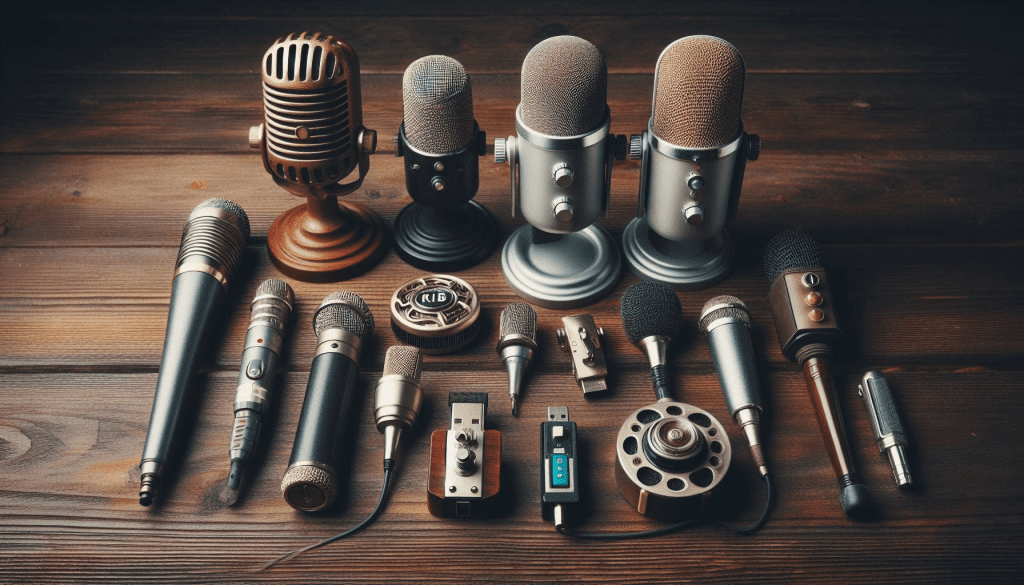
Next up we need to look at the instruments. Another simple solution is on the cards for the guitar amps. For these, we’ll use the Sure SM57, again another industry standard for micing amps. You can pick up an SM57 bundle on Thomann for £109.
When it comes to the drum kit we should keep things simple. I find a couple of overhead microphones and one on the kick drum do plenty in smaller venues. For the overheads I have found that AKG’s C1000s have a good sound on a budget you can pick up a bundle that includes a Micstand for £152 on Thomann You’ll need an XLR cable to go with them but you can pick up a 10M one for £6.90. For the kick drum, I tend to stick with what I know and go with the Sure PGA52 that can be picked up on Thomann for £128. We’ll need to add another 10M XLR cable as before and a small mic stand that can be bought for £42.
Finally, we’re on to the Keyboard, rather than using microphones we can get a clean single from the keyboard’s lineout jacks. To do this we’re going to need a couple of DI boxes. These DI Boxes transform the Lineout jacks unbalanced signal into a balanced signal we can put into our mixer later on. The BSS Audio AR133 seems to have been the standard in the venues I’ve worked at over the years. You can pick a couple of these up on Thomann for £109 we’ll also need another couple of 10M XLR Cables and a couple of 2M Instrument Cables. again these can be found on Thomann for £24.30. A little tip for you, DI boxes are also great if you have an electro-acoustic guitar.
Mixer, Stage Box and Speakers
Now we have our microphones and DI Boxes sorted, we’re going to need something to plug them into and this is where things start to cost a bit of cash. As you’ll be aware if you have read any of my previous posts, I love Dante as a way of getting audio from the stage to the mixer, and here is no different. As part of my plan to grow plan, We’re going to kick off as we mean to get on.
The first thing we are going to need is a Dante-enabled mixer. By locking in the mixer first we can figure out what we need when it comes to the stage box. I’ll be sticking with Yammah for the mixer and they’re a brand I have complete faith in when it comes to audio mixing. We want to keep things relatively budget-friendly though so I won’t be going with one of the big beasts this time around but something that will get us started and get our foot in the door so we know what we are doing if and/or when we upgrade to a bigger desk later down the line. I’ve gone for the Yamaha DM3 available on Thomann for £2,090. The DM3 has built-in audio processing, effects and EQ on each channel and has Dante as standard.
Next up is the Stage Box so our budding rockstars have somewhere to plug in all their mics and instruments. I’ve gone with the Dante-Enabled Yamaha Tio1608-D2 for £1475 on Thomann which gives us 16 Blanaced XLR inputs and 8 Linout Returns all down one ethernet cable. Speaking of ethernet cable Thomann has a 50M one for £225.
The last thing on our list is speakers; we need to look into two types of speakers here. Firstly we have the main front-of-house speakers so our audience can hear us and then we have the on-stage monitors. For this setup, I’ve gone with active speakers all around. This means we can go directly from the stage box to each speaker with a microphone cable, and all we need to add is a little power. I tend to go with Active speakers when I’m not kitting out an install as it gives us a bit more freedom with an extension lead or two.
For the front-of-house speakers, I’ve gone with the dB Technologies B-Hype 10 Bundle I which is available on Thomann for £925. The bundle comes with a subwoofer and two speakers with plenty of power for a small pub venue. For monitors, I’ve gone with the slightly smaller version of the speakers from this bundle. The dB Technologies B-Hype 8 on Thomann for £135. This will give the band a similar sound profile to the audience and to be honest, I really like the DB Technologies year for small venues. It backs a punch whilst keeping a budget.
And that’s my simple, slightly over-the-top, pub band setup. I love this approach as your front-of-house setup can be practically anywhere in the venue due to the setup front of house being the mixer with a power cable and an ethernet cable everything else is rigged up on stage, away from the grabby fingers of the slightly inebriated bloke who once did a disco for his best mates birthday.
| Sure SM58, Standard and XLR cable Bundle | £129.00 | 5 | £645.00 |
| Shure SM57LC Bundle II | £109.00 | 3 | £327.00 |
| AKG C1000s + Mic Stand | £152.00 | 2 | £304.00 |
| the sssnake SM10BK (10M XLR Cable) | £6.90 | 7 | £48.30 |
| Shure PGA52 | £128.00 | 1 | £128.00 |
| K&M 25950 (Kick Drum Mic Stand) | £42.00 | 1 | £42.00 |
| BSS Audio AR133 (DI Box) | £109.00 | 2 | £218.00 |
| Daddario PW-GS-10 2M Stereo Instrument Cable | £23.40 | 2 | £46.80 |
| Yamaha DM3 | £2,090.00 | 1 | £2,090.00 |
| pro snake 88685-50 Cat5e Cable – 50M | £225.00 | 1 | £225.00 |
| Yamaha Tio 1608-D2 | £1,475.00 | 1 | £1,475.00 |
| dB Technologies B-Hype 8 | £135.00 | 4 | £540.00 |
| dB Technologies B-Hype 10 Bundle I | £925.00 | 1 | £925.00 |
| Total | £7,014.10 |
With a total of £7,014, I don’t think the setup is too high up the price scale If the small band is managing to book gigs a couple of times a month. The kit will pay for itself within a few months, maybe slightly longer depending on how much they are paid and they will sound absolutely great and have a semi-profession sound rig that will keep them going for years to come.
Well, you know what I think, but what do you think? Is this a bit much or not enough? Am I missing anything? What would you swap out? let me know in the comments below.

